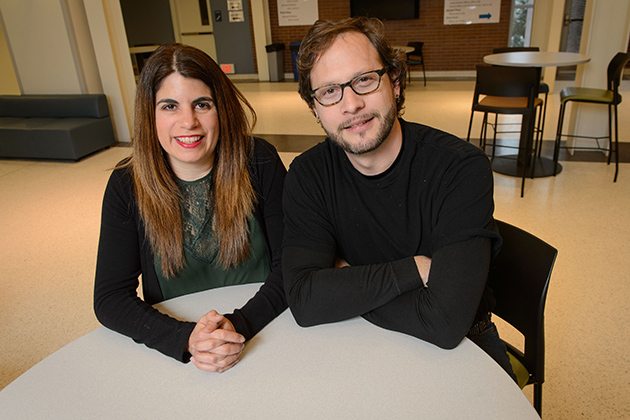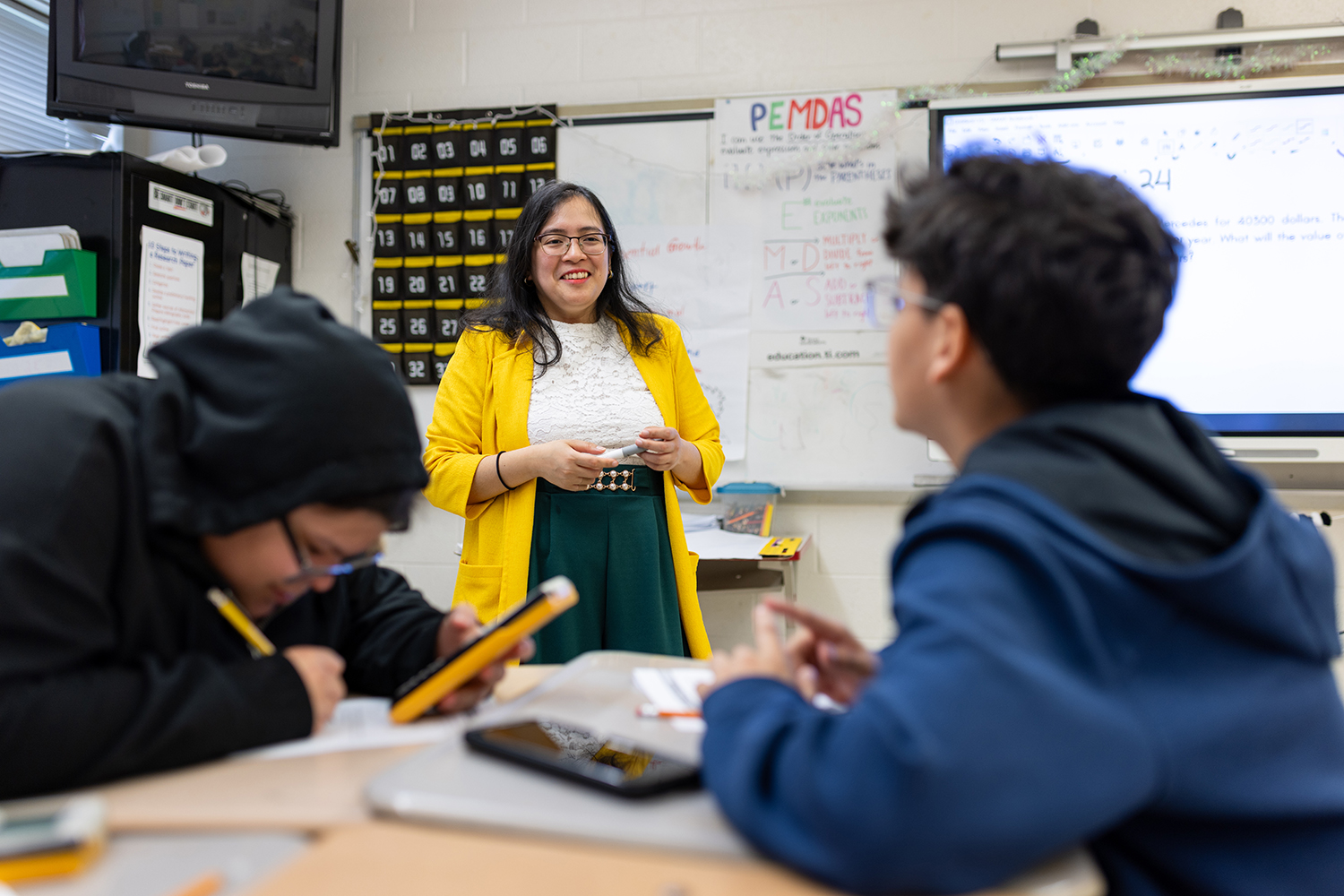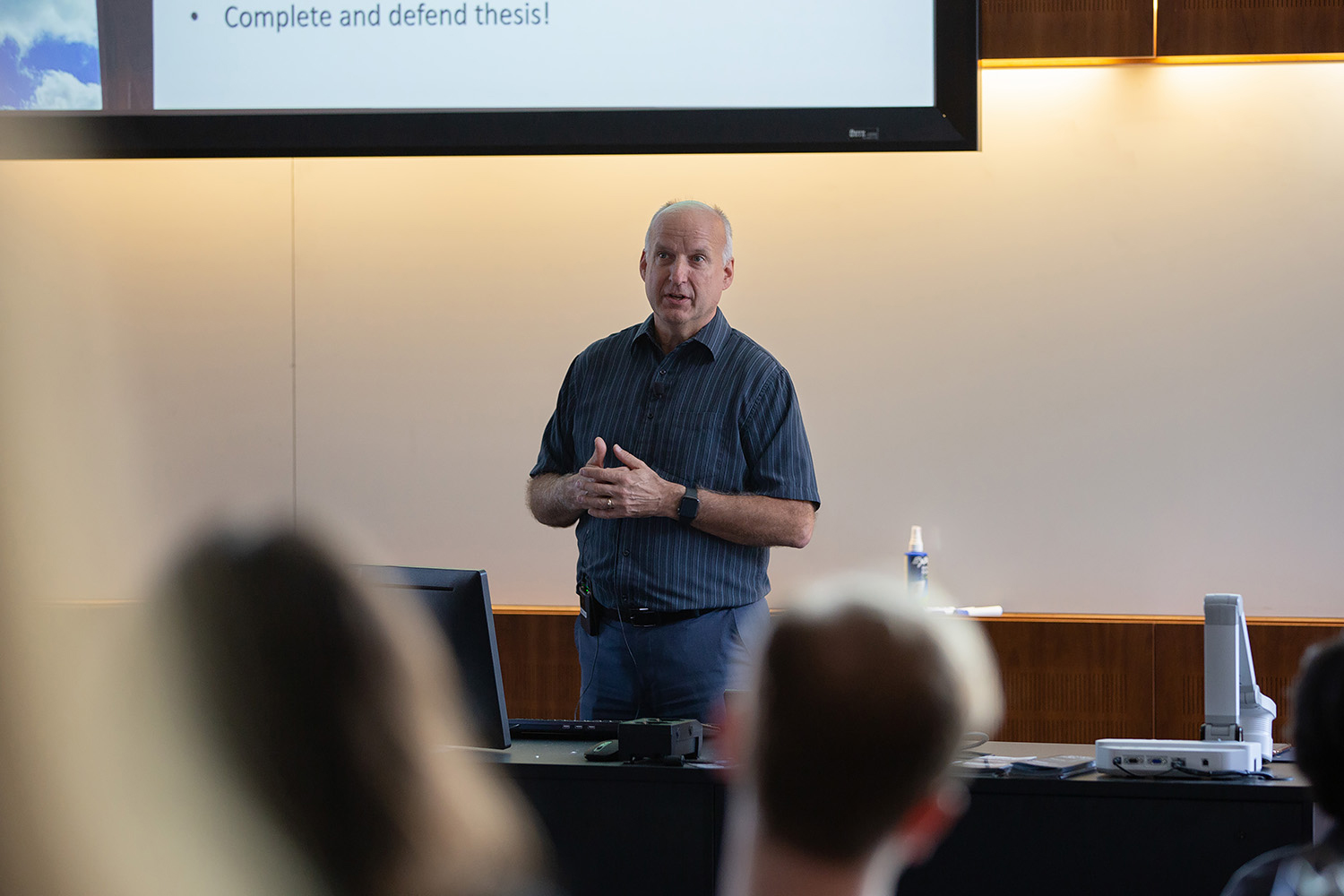
It may sound like idle chatter, but when babies babble they are not just talking nonsense.
According to UConn researcher Nairán Ramírez-Esparza, an infant’s babbling plays an important role in future language development. When that babbling is prompted by one-on-one interaction with a parent speaking ‘parentese’ – the exaggerated, animated baby talk style often used by mom and dad when talking to their little ones – the results predict heightened language acquisition skills.
Ramírez-Esparza, assistant professor in the Department of Psychology, and her colleagues Adrián García-Sierra, assistant research professor in UConn’s Department of Speech, Language, and Hearing Sciences, and Patricia Kuhl, co-director of the University of Washington’s Institute for Learning & Brain Sciences, collaborated on a study that showed the common wisdom imparted to new parents that the more words babies hear, the faster their vocabularies grow, may not be true.
Their findings show that what actually spurs early language development isn’t so much the quantity of words as the style of speech and social context in which that speech occurs.
“What our study shows is that how you talk to children matters,” Ramírez-Esparza says, “and the use of ‘parentese’ is much better at developing language than regular adult speech. It’s even better if communication occurs during one-on-one interactions.”
What our study shows is that how you talk to children matters.
The study showed that the more parents exaggerated vowels – for example, “How are youuuu?” – and raised the pitch of their voices, the more the one-year-olds babbled. This turns out to be a forerunner of word production. Baby talk was most effective when a parent spoke with a child individually, without other adults or children around.
“Some parents produce baby talk naturally and they don’t even realize they’re benefiting their children,” says Ramírez-Esparza. “Some families are just quieter and they don’t talk as much. But our study shows that it helps to make an effort to talk to infants as much as possible. Getting engaged and having the infant talk back – or babble – is really important.”

Parents can use baby talk when going about everyday activities, saying things like, “Where are your shoooes?” or “Oh, this tastes gooood!” – emphasizing important words and speaking slowly, using a happy tone of voice.
Another way to assure heightened communication is by reading to infants and getting them involved in a story. ‘The cow jumped over the moooon,’ works, as does ‘baby bear, baby bear, what do you seeee?’ It’s all a matter of keeping baby interested.
The study involved 26 babies about one year of age who wore vests containing audio recorders that collected sounds from the children’s auditory environment for eight hours a day for four days. The researchers used LENA (“language environment analysis”) software to examine 4,075 30-second intervals of recorded speech. Within those segments, the researchers identified who was talking in each segment, how many people were there, whether baby talk [parentese] or regular voice was used, and other variables.
When the babies were two years old, parents filled out a questionnaire measuring how many words their children knew. Infants who had heard more baby talk knew more words. In the study, two-year-olds in families that spoke the most baby talk in a one-on-one social context knew 433 words, on average, compared with the 169 words recognized by two-year-olds in families who used the least baby talk in one-on-one situations.
The relationship between baby talk and language development persisted across socioeconomic status, despite there only being 26 families in the study.
The study, which was funded by a National Science Foundation Science of Learning Program, shows the importance of interaction and engagement around language. The overwhelming consensus is, the more you get a verbal serve-and-volley going, the more language advances. Detailed findings will be published in an upcoming issue of the journal Developmental Science.
As to what is next on her agenda, Ramírez-Esparza, who joined the UConn faculty last fall from the University of Washington, says that a follow-up study will look at infants who are being raised in a bilingual [English and Spanish] environment.
This study, in collaboration with García-Sierra, will include brain measurements, and will investigate the intricacies of language development in bilingual children.


